As a homeowner, you might wonder if HVAC prices will drop in 2024. Industry reports suggest this might not happen. Big HVAC companies like Trane, Lennox, and Carrier plan to raise prices for home systems in 2024. This shows a trend of higher costs for HVAC.
It’s important to know why prices are going up. Factors like higher raw material costs, new environmental rules, and a shortage of workers play a big role. These issues affect the prices you’ll pay for new HVAC systems and installation.
Key Takeaways
- HVAC manufacturers have announced upcoming price increases for residential equipment in 2024.
- Rising raw material costs, environmental regulations, labor shortages, and economic factors are driving the price increases.
- Understanding these key factors is crucial for homeowners to make informed decisions about their next HVAC system installation.
- Experts predict that HVAC prices are unlikely to decrease significantly in 2024 due to the ongoing industry challenges.
- Homeowners should consider energy-efficient alternatives and time their HVAC installation carefully to potentially save on costs.
Introduction: The Rise of HVAC Prices
In the last year, HVAC prices have gone up a lot. This has made many homeowners think about waiting to install new systems to save money. But, it’s important to know why prices are rising to make a smart choice.
Overview of the Current Pricing Landscape for HVAC Equipment
Many HVAC manufacturers have raised their prices for 2024. This change is because of several reasons. These include higher costs for raw materials, stricter environmental rules, not enough workers, and the state of the economy. Knowing these reasons helps homeowners understand the HVAC market better and plan their upgrades wisely.
Significance of Understanding the Factors Driving Price Increases
It’s key to understand what’s behind the HVAC cost projections and HVAC industry trends. Economic factors affecting HVAC play a big role in the cost of new systems. Knowing these trends helps homeowners make better choices for their home comfort.
This article will explore the main reasons for the increase in HVAC prices. It aims to give you insights to help you make the best choice for your home’s comfort.
Increased Raw Material Costs
The COVID-19 pandemic has greatly affected the supply chain. This has led to a big jump in the prices of raw materials for the HVAC industry. These higher costs have made HVAC prices go up, making it important for people to know about this.
The Pandemic’s Effect on Raw Material Prices
When the pandemic was at its peak, the prices of important materials like copper, steel, and aluminum went up a lot. This happened because of problems in global supply chains, factory closures, and more demand as the economy started to get better. The shortage of semiconductors also hurt the making of key HVAC parts, like compressors and refrigerants, making things even more expensive.
The Ongoing Impact of Raw Material Costs
Even though prices have come back down a bit, the higher costs were not all passed on to buyers. So, the impact of raw material costs on HVAC prices is still being felt. This has led to higher prices for HVAC equipment and installation.
The economic factors affecting HVAC are complex, with the supply chain being a big part. It’s key for consumers to understand the effect of raw material costs. This helps them make smart choices when buying HVAC products.
Environmental Regulations and Efficiency Standards
The demand for energy-efficient HVAC systems is growing. This has made environmental regulations and efficiency standards more important. The Department of Energy has set stricter guidelines for manufacturers.
These new rules have led to big investments in production and research. Consumers now pay more for eco-friendly HVAC systems.
How do environmental regulations impact HVAC pricing?
Stricter standards have forced HVAC makers to spend a lot on redesign and upgrades. These costs are then passed on to buyers, making HVAC units more expensive.
What are the key environmental regulations affecting the HVAC industry?
- The Department of Energy’s minimum efficiency standards for HVAC equipment
- Regulations on refrigerants and their environmental impact
- Emission control requirements for HVAC system installations and operations
How have HVAC manufacturers responded to these regulations?
HVAC makers have had to change their production and designs to meet new standards. This has led to big investments in research and facility upgrades. These costs have made HVAC systems more expensive.
What are the long-term implications of environmental regulations on the HVAC market?
As regulations get tighter, the HVAC industry must keep innovating. This will likely make HVAC systems more expensive in the short term. But, it could also lead to more affordable, sustainable options in the future.
| Regulation | Impact on HVAC Pricing |
|---|---|
| Department of Energy Efficiency Standards | Increased manufacturing and R&D costs, passed on to consumers |
| Refrigerant Regulations | Requiring the use of more expensive, environmentally-friendly refrigerants |
| Emission Control Requirements | Increased installation and maintenance costs for HVAC systems |
Labor Shortages in the HVAC Industry
The economic factors affecting HVAC have hit the industry hard, leading to a big labor shortage. The HVAC industry trends show that finding skilled workers is tough. This has led to higher wages and more costs for running operations.
Challenges in Finding and Retaining Skilled Workers
The HVAC industry is facing a big shortage of skilled technicians and installers. As more people need HVAC systems, there aren’t enough skilled workers. This has made it hard to find and keep good employees.
Things like an aging workforce and not enough technical education programs are part of the problem. The job itself is also physically demanding, making it hard to keep workers.
Impact on Manufacturing and Installation Costs
The labor shortage has made economic factors affecting HVAC prices go up. To attract and keep workers, manufacturers have to pay more and offer better benefits. This raises the cost of making and installing HVAC systems.
This situation also means homeowners have to pay more for HVAC services. The cost of HVAC systems has gone up because of these challenges.
| Key Factors | Impact on HVAC Prices |
|---|---|
| Labor Shortages | Higher wages and benefits for workers, leading to increased manufacturing and installation costs |
| Aging Workforce | Fewer skilled technicians available, driving up demand and service rates |
| Limited Technical Education | Difficulty in finding qualified candidates to fill open positions |
| Physical Demands of the Job | Challenges in retaining experienced HVAC professionals long-term |
The HVAC industry trends show that the labor shortage has made HVAC systems more expensive. Manufacturers and service providers are struggling to keep up with demand. It’s important for homeowners and industry leaders to understand these challenges as the HVAC market changes.
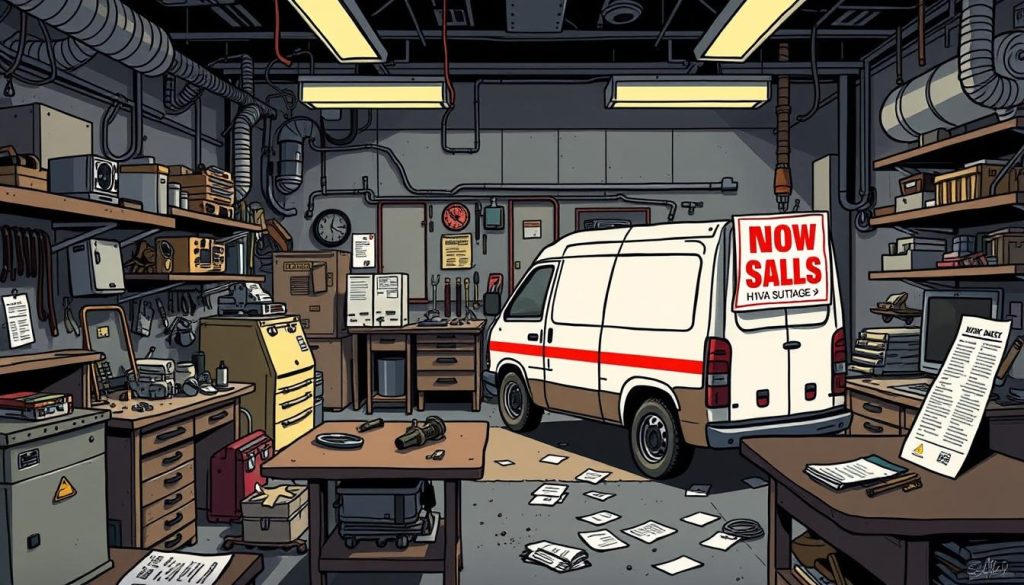
Economic Factors and Inflation
The HVAC industry faces rising costs, and it’s key to grasp how economic factors and inflation play a part. Inflation, a result of economic conditions, affects the HVAC market. It drives up costs for both manufacturers and consumers.
Inflation’s Influence on HVAC Prices
Inflation is a major economic factor impacting economic factors affecting HVAC and HVAC price forecasting. As inflation goes up, the cost of raw materials, labor, and other expenses for HVAC makers increases. These higher costs are then passed on to buyers, causing HVAC equipment and installation prices to rise.
Interest Rates and HVAC Investments
Interest rates also have a big role in HVAC pricing. When interest rates go up, borrowing money becomes more expensive for both HVAC makers and buyers. This can make people think twice about upgrading or replacing their HVAC systems. This might slow down demand and lead to more price changes.
To tackle these economic hurdles, HVAC experts keep a close eye on inflation rates, interest rate changes, and other big economic signs. They use this info to predict HVAC price forecasting and find ways to lessen the impact on their businesses and customers.
Understanding the link between economic factors and HVAC prices helps homeowners and businesses make smart choices. They can time their HVAC purchases to take advantage of better market conditions.
Demand for Technological Advancements
Homeowners now see the value in energy efficiency and caring for the environment. They want smart, energy-saving HVAC systems. These systems control the climate well, save money in the long run, and are better for the planet.
Embracing Energy-Efficient HVAC Systems
People are looking for energy-saving HVAC options. This has made high-performance systems more expensive. These systems have cool features like:
- Intelligent sensors that adjust temperature and humidity
- Wi-Fi for remote access and programming
- Automated controls that save energy based on use and weather
- Advanced compressors and refrigerants that are better for the environment
Even though these systems cost more upfront, they save money on bills and are good for the planet. This makes them a smart choice for those who want to save energy and money.
The Cost of Technological Advancements
New technologies in HVAC systems mean higher prices. Companies spend a lot on research and development. They need to make and test these advanced systems.
The HVAC market analysis shows that demand for these systems will keep growing. People want better comfort, energy savings, and to help the environment. But, these costs might make HVAC equipment more expensive in the future.
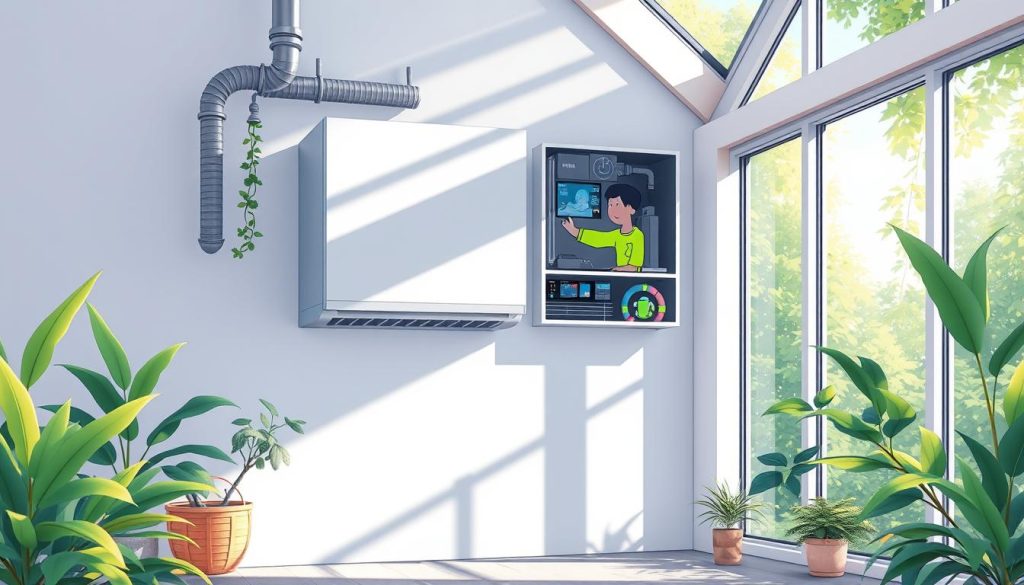
Will HVAC Prices Go Down in 2024?
Homeowners everywhere are wondering if HVAC prices will drop in 2024. Sadly, the outlook isn’t bright. Experts say that the factors pushing up HVAC cost projections and HVAC price forecasting will likely continue. This means both manufacturers and consumers will face more pressure.
Even though there might be some changes in raw material costs or government rules, HVAC prices are expected to keep going up. The pandemic, labor shortages, and the need for energy-saving tech are all adding to the cost.
What’s Causing the Continued HVAC Price Increases?
Several factors are driving up HVAC prices:
- Increased Raw Material Costs: The pandemic has messed up supply chains, making things like compressors and refrigerants more expensive.
- Environmental Regulations and Efficiency Standards: New rules on energy use and refrigerants have made HVAC systems pricier to make.
- Labor Shortages: The HVAC field is struggling to find and keep skilled workers, raising installation and upkeep costs.
- Economic Factors and Inflation: Inflation and higher interest rates are also pushing up HVAC prices.
Will Prices Ever Come Down?
Experts don’t think HVAC prices will drop much in 2024. The mix of economic, regulatory, and industry pressures will likely keep prices high.
But, homeowners can take steps to lessen the impact of rising costs. They can look into energy-saving options, plan their installations wisely, and watch for price changes from manufacturers.
Timing Your HVAC Installation
The cost of heating and cooling equipment is expected to go up in the future. Experts say homeowners should install their next HVAC system now. This way, they can get the best price and ensure their homes stay comfortable.
Factors to Consider for Optimal Installation Timing
Several factors are important when deciding when to install a new HVAC system. These include the condition of your current system, future price increases, and any rebates or incentives.
If your current system is old or breaking down often, it’s wise to replace it soon. Waiting for lower prices might cost more in the long run. It could also lead to safety issues and discomfort.
Potential Cost Savings by Acting Early
Replacing your HVAC system before prices rise can save you money. You’ll get a better rate and might get rebates or incentives. This can cut down your costs over time.
Installing early also keeps your home comfortable and energy-efficient. This improves your life and your home’s value. With HVAC cost projections and HVAC industry trends on the rise, timing is crucial.
Energy-Efficient Alternatives
As energy costs keep going up, homeowners are looking at energy-saving HVAC options. These choices can cut down on energy bills over time. Even though they cost more upfront, they save money in the long run.
Explore Ductless Mini-Splits for Superior Efficiency
Ductless mini-split systems are a top pick for saving energy. They let you control the temperature in each room, without the need for big ducts. This makes them great for homes that need specific heating or cooling.
Consider the Benefits of Heat Pumps
Heat pumps are another smart choice for saving on energy. They use electricity to move heat, not make it. This makes them very efficient, especially in mild weather. Plus, they can heat and cool your home all year.
Harness the Power of Geothermal Systems
Geothermal HVAC systems use the Earth’s heat for heating and cooling. They’re very efficient because they use the ground’s steady temperature. The cost to install them is high, but they save a lot of money on bills over time.
When looking at energy-saving HVAC options, think about the cost upfront and the savings later. Choosing efficient systems makes your home more comfortable and eco-friendly. It also cuts down on energy use and helps the planet.
Manufacturer Price Increase Announcements
The HVAC industry trends are changing the market. Several big names in HVAC have raised their prices for home and business systems in late 2023 and early 2024. These HVAC price forecasting changes mean big shifts in costs. Homeowners and businesses need to know this when thinking about new or updated systems.
Trane Technologies Increases Prices
Trane Technologies, a top HVAC brand, is raising prices by up to 5% on some home products starting January 1, 2024. This move helps them deal with higher costs of materials and labor affecting the industry.
Lennox and Allied Air Enterprises Announce Double-Digit Hikes
Lennox Industries and Allied Air Enterprises, big names in HVAC, are raising prices by up to 10% on home gear and accessories in early 2024. These big hikes aim to keep their profits up despite industry challenges.
Carrier Global Corporation Increases Commercial Prices
Carrier Global Corporation, a well-known HVAC brand, is raising prices by 8% on commercial products in North America, starting December 2022. This shows how HVAC price forecasting affects even the commercial side.
| Manufacturer | Price Increase | Effective Date |
|---|---|---|
| Trane Technologies | Up to 5% | January 1, 2024 |
| Lennox Industries | Up to 10% | Early 2024 |
| Allied Air Enterprises | Up to 10% | Early 2024 |
| Carrier Global Corporation | 8% | December 2022 |
These price hikes show the ongoing struggles in the HVAC industry trends. Homeowners and businesses should keep these HVAC price forecasting updates in mind when looking to buy or replace HVAC systems.
Conclusion
The HVAC industry is dealing with many challenges that raise equipment prices. These include higher raw material costs, stricter environmental rules, and a shortage of workers. Also, economic inflation plays a big role. Despite these hurdles, there are chances for homeowners to save money in the future.
Experts predict that HVAC prices will keep going up. But, there’s a silver lining. New, energy-saving and smart technologies could lead to lower energy bills over time. By keeping up with market trends and planning ahead, you can get a better deal on your next HVAC system. This will make your home more comfortable and efficient.
Looking ahead to 2024, it’s clear that knowing what’s happening in the HVAC world is key. By thinking about when to install, choosing energy-efficient options, and watching manufacturer prices, you can make a smart choice. This will help you find the right balance for your home and wallet.

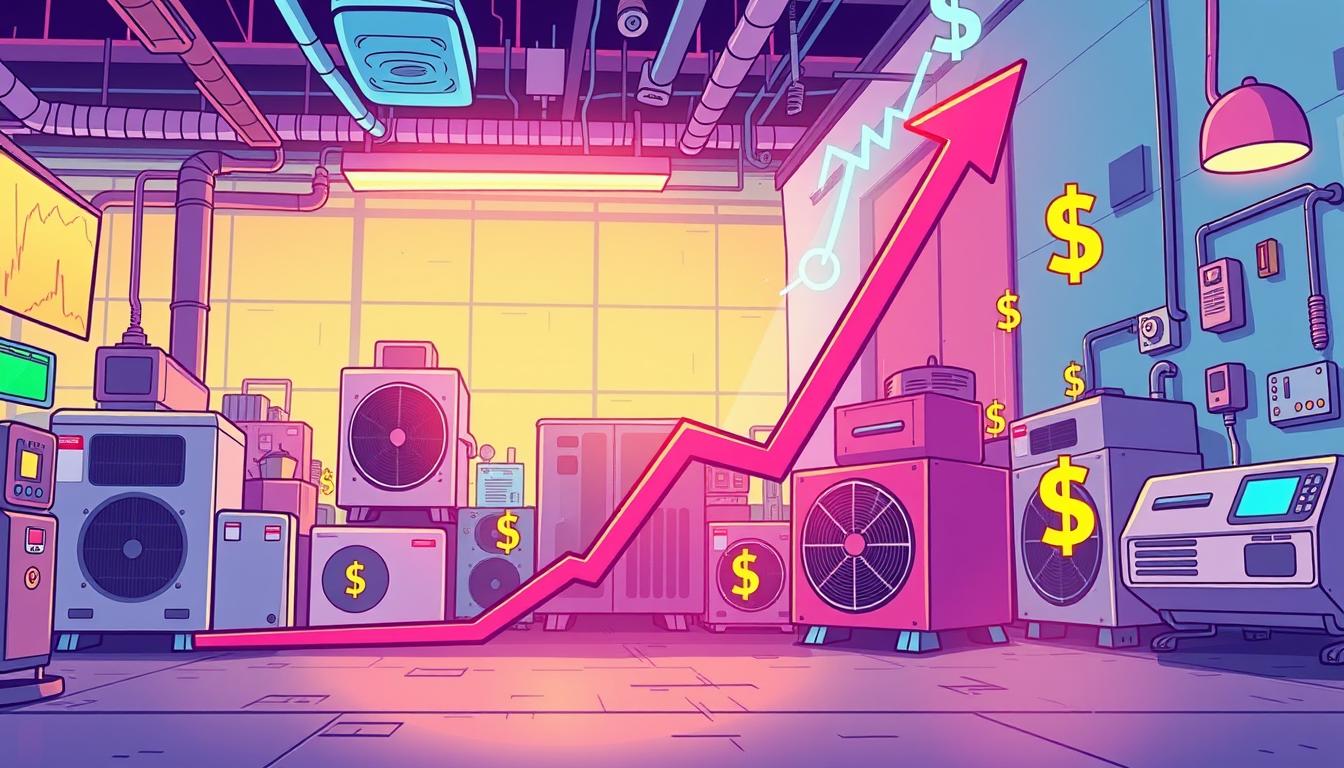

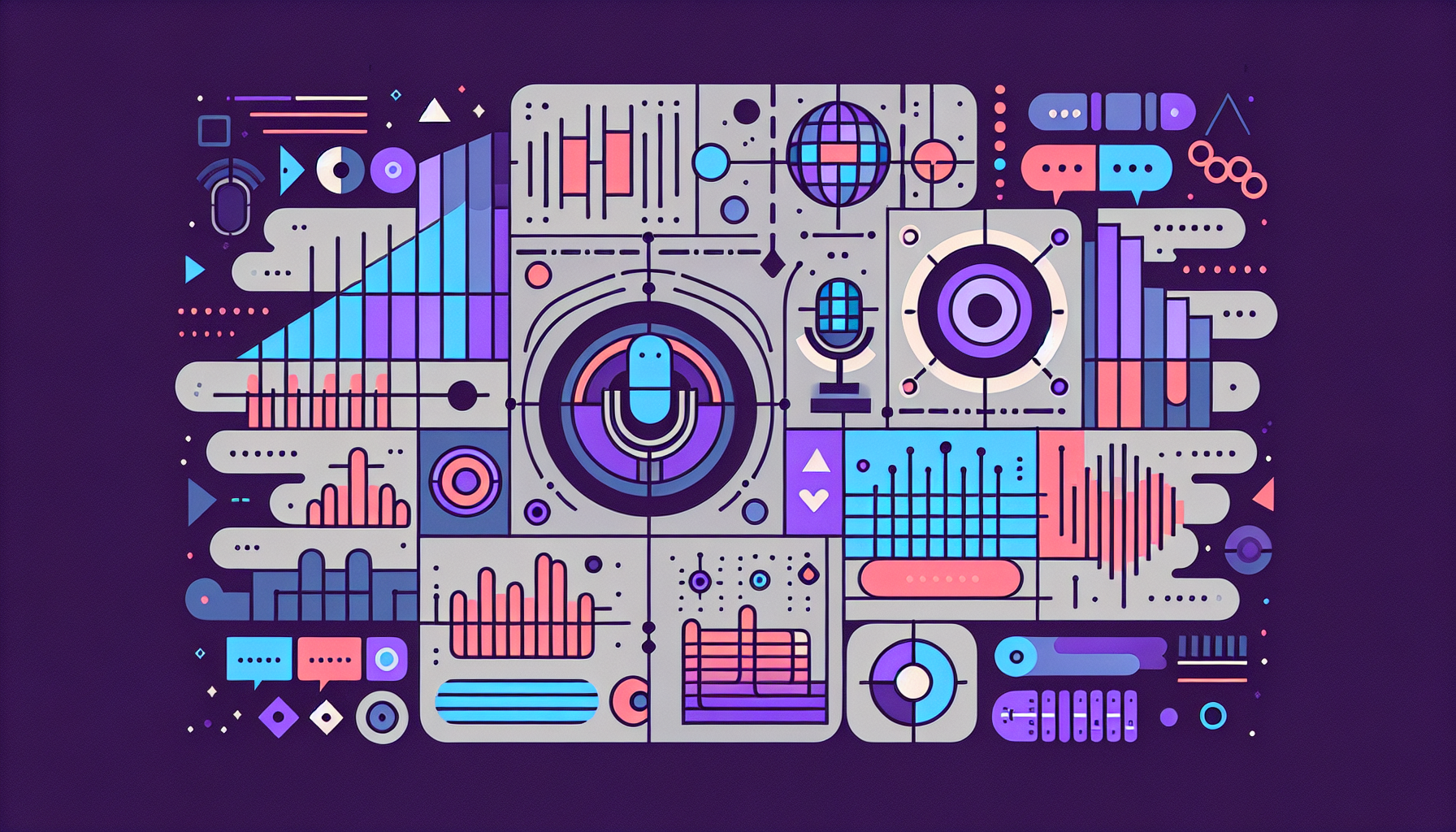
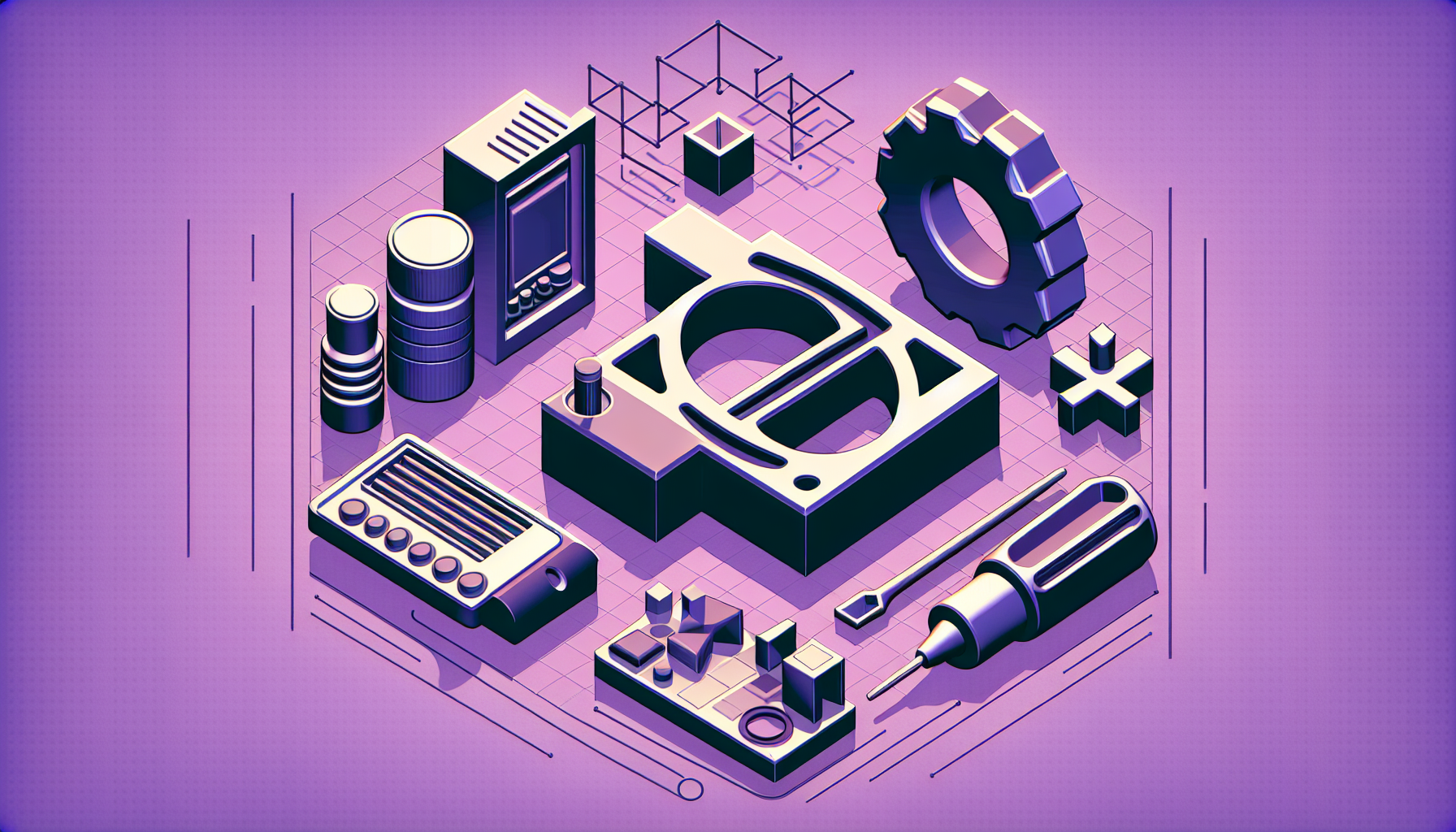
0 Comments